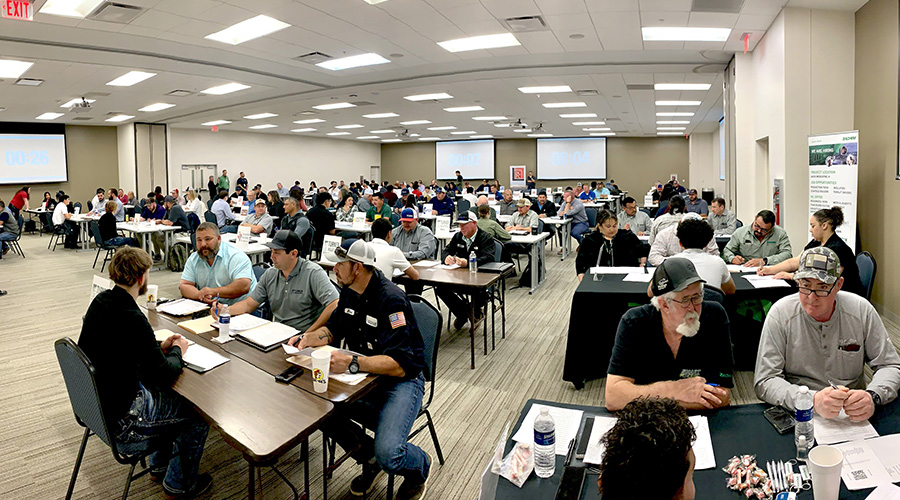5 Questions Can Help Steer FMs Toward Resilience
Part 1 of a 2-part article on how to incorporate resilience into standard FM operating procedure.
As resilient facilities become increasingly important and valuable, the goal for facility managers should be to fold resilience strategies into standard facility operating procedure. Similar to sustainability and high-performance strategies, resilience can’t be seen as an add-on — something to focus on only with extra time and left-over money, neither of which actually seem to exist in the real world. As well, like sustainability, resilience is a process, not a finish line. You don’t just move your servers to the third floor, add a layer to your roof, and decide “Yep, I’m resilient.” It’s an ongoing process, and that’s why it’s so important to make it a regular part of the building’s maintenance and operations plan. To do that, here are five questions to help focus attention on resilience planning.
1. Can I Measure Resilience? Short answer, not really. Better answer, yes, by proxy. “It’s tricky, because resilience is different in every area of the country,” says Jim Newman, founder and director of metrics at Linnean Solutions, and a member of the board of directors at the Resilient Design Institute. Newman mentions a few resources that can help measure resilience indirectly. One is the REDi Rating System, which rates facilities on their ability to withstand earthquakes — though, like many of the resources available regarding resilience, REDi is about design of new buildings. Still, say Ibrahim Almufti, structural engineer at Arup, and part of the REDi development team, the system is a good resource for FMs in existing buildings to know how certain strategies will allow a facility to recover more quickly after an event, and to gauge — indeed, measure — how well their facility stands now based on particular criteria.
Another resource for measuring resilience is the LEED Pilot Credits for Resilience, published in November 2015. These credits can act as a comprehensive planning guide for facility managers to checklist different resilience strategies — from gauging the passive survivability of their buildings (how long they can remain occupiable without power and/or conditioned/heated air) to emergency preparedness planning. The credits consider hazards including hurricanes, wildfires, and earthquakes.
“There is a good number of reference points for existing buildings in these credits,” says Newman.
2. What Are The First Steps Toward Resilience? Step one, say experts, is performing a vulnerability assessment for your buildings. “You have to determine what might actually happen to your building,” says Karin Holland, senior sustainability specialist/lean practitioner with Haley & Aldrich. “This includes social and economic risks as well — cyber attacks, kidnapping, or civil unrest for instance.” The vulnerability assessment, she says, is what tells you where your priorities are, and you can then focus on those areas to make your building more resilient to them. “The first step is quantifying the hazards,” says Almufti. “Then you can start mitigating those things. You’ll be able to identify the least costly thing to improve resilience the most.”
While this sounds like common sense, it’s amazing how frequently there is no prioritized plan for incorporating resilience, say these experts. And a vulnerability assessment, and the resulting plan, is the key to ensure that resilience itself becomes a long-term priority.
Related Topics:













